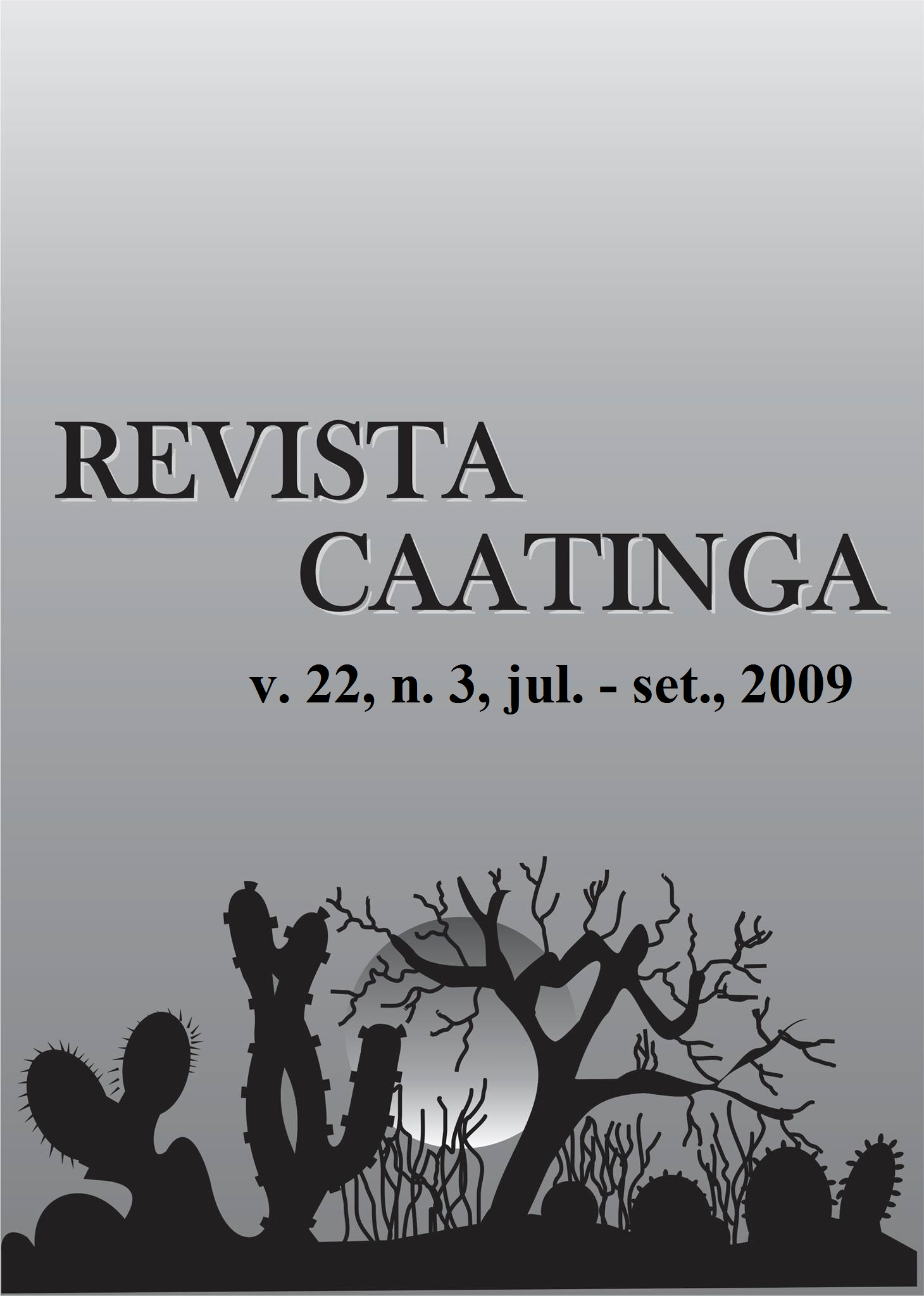FOLIAR NUTRIENT CONTENTS AND FRUIT YIELD IN CUSTARD APPLE PROGENIES
Palavras-chave:
Annona squamosa L., correlation, bullock's heart, sweetsop,Resumo
Foliar nutrient contents are evaluated in several fruit trees with many objectives. Leaf analysis constitutes a way of evaluating the nutritional requirements of crops. Due to the positive impact that fertilizers have on crop yields, researchers frequently try to evaluate the correlations between yield and foliar nutrient contents. This work's objective was to present fruit yields from the 4th to the 6th cropping seasons, evaluate foliar nutrient contents (on the 5th cropping season), and estimate the correlations between these two groups of traits for 20 half-sibling custard apple tree progenies. The progenies were evaluated in a random block design with five replicates and four plants per plot. One hundred leaves were collected from the middle third of the canopy (in height) of each of four plants in each plot. The leaves were collected haphazardly, i.e., in a random manner, but without using a drawing mechanism. In the analysis of variance, the nutrient concentrations in the leaves from plants of each plot were represented by the average of four plants in the plot. Fruit yield in the various progenies did not depend on cropping season; progeny A4 was the most productive. No Spearman correlation was found between leaf nutrient concentrations and fruit yield. Increased nutrient concentrations in the leaves were progeny-dependent, i.e., with regard to Na (progenies FE5 and JG1), Ca (progeny A4), Mg (progeny SM7), N (progeny A3), P (progeny M), and K contents (progeny JG3). Spearman's correlation was negative between Na-Mg, Na-Ca, and Mg-P contents, and positive between Mg-Ca and N-K contents.Downloads
Downloads
Edição
Seção
Licença
Os Autores que publicam na Revista Caatinga concordam com os seguintes termos:
a) Os Autores mantêm os direitos autorais e concedem à revista o direito de primeira publicação, com o trabalho simultaneamente licenciado sob a Licença Creative Commons do tipo atribuição CC-BY, para todo o conteúdo do periódico, exceto onde estiver identificado, que permite o compartilhamento do trabalho com reconhecimento da autoria e publicação inicial nesta revista, sem fins comerciais.
b) Os Autores têm autorização para distribuição não-exclusiva da versão do trabalho publicada nesta revista (ex.: publicar em repositório institucional ou como capítulo de livro), com reconhecimento de autoria e publicação inicial nesta revista.
c) Os Autores têm permissão e são estimulados a publicar e distribuir seu trabalho online (ex.: em repositórios institucionais ou na sua página pessoal) a qualquer ponto antes ou durante o processo editorial, já que isso pode gerar alterações produtivas, bem como aumentar o impacto e a citação do trabalho publicado (Veja O Efeito do Acesso Livre).







